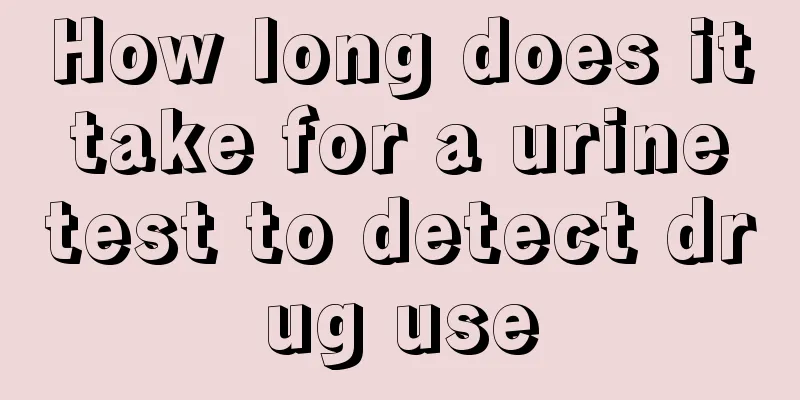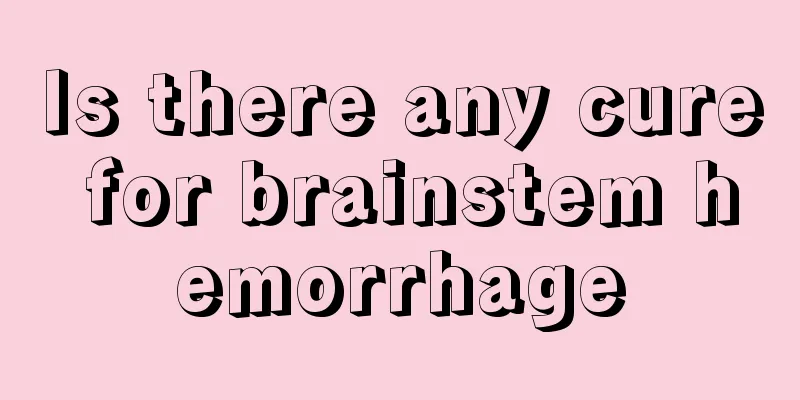Does renal cortical hamartoma require surgery?

|
The professional medical term for renal cortical hamartoma is renal hamartoma. Its cause is still unclear, but its formation is usually related to improper diet, abnormal work and rest, etc. Whether renal hamartoma requires surgery is generally related to the size of the tumor and the severity of the disease. Generally speaking, patients with small tumors and mild symptoms do not need surgery for the time being, while patients with large tumors or severe symptoms are recommended to take surgical treatment. Renal cortical hamartoma is a common benign kidney tumor, more professionally known as renal hamartoma. Most patients with renal hamartoma usually have symptoms such as waist and abdominal pain, abdominal mass, proteinuria, and hypertension, which seriously affect the patient's physical health and normal life. It is very necessary to receive treatment as soon as possible. So in the case of renal hamartoma, is it necessary to undergo surgery? Whether or not renal hamartoma requires surgery is closely related to the size of the tumor and the severity of the disease. For asymptomatic patients with tumors less than 4 cm in diameter, the treatment of the disease can be observed and followed up without temporary treatment; for patients with larger tumors or severe symptoms, surgical treatment is required as soon as possible. The main treatment goal of renal hamartoma surgery is to remove the tumor while protecting renal function as much as possible. It can generally be divided into three types: radiofrequency ablation, tumor enucleation, nephrectomy, and renal transplantation. At the same time, interventional embolization therapy and hemodialysis can be used as auxiliary treatment methods. The main working principle of radiofrequency ablation is to circulate and control high temperature to ablate the tumor, but this method has the disadvantage of incomplete tumor elimination, and often requires auxiliary treatments such as hemodialysis and interventional embolization; tumor enucleation refers to laparoscopic resection of the tumor, which is generally suitable for patients whose tumors are located at the edge of the kidney; and nephrectomy also includes partial nephrectomy and nephrectomy. This treatment method is extremely traumatic, so a decision needs to be made based on the patient's actual condition; if the patient's bilateral kidneys have lesions, resulting in loss of renal function or tumor rupture and massive bleeding, timely matching is required to strive for early renal transplantation. From the above content, we can know that if the renal hamartoma is small and has no special symptoms, surgery is not necessary, but surgery is recommended when the tumor is larger than 4cm. After surgery, patients should not take it lightly. They should not only closely observe the bleeding in the kidneys and pay attention to wound infection, but also pay attention to diet. For example, they can only start eating after gastrointestinal motility is restored after surgery, eat more fresh vegetables and beans, and control salt intake. These care measures are very helpful for recovering health as soon as possible. |
<<: Does renal hamartoma require surgery?
Recommend
What are the prevention methods for liver cancer? What are the main acupuncture points for cupping to treat liver cancer?
What are the measures to prevent liver cancer? It...
How to check for melanoma
Malignant melanoma patients often have malignant ...
What to do if your feet itch after soaking them in mugwort leaves
Mugwort is a commonly used Chinese herbal medicin...
Does seahorse wine have an aphrodisiac effect?
Seahorse wine is a relatively common health wine....
Mole under the nose
The appearance of moles under the nose is due to ...
Who is at high risk of ovarian cancer
Women with one or more of the following character...
What are the complications of nasopharyngeal carcinoma in the later stage
Nasopharyngeal carcinoma becomes very scary when ...
What are the symptoms of severe lung cancer? 5 symptoms of severe lung cancer
Smoking and drinking seem to have become a norm i...
How to care after lung cancer surgery? Start from these three aspects
After surgery for lung cancer, nutritional care i...
Is alkali harmful to the human body?
In the northern region, pasta occupies a very imp...
My eyes are rubbed and there is no foreign body
Eyes are an important part of our body. When we a...
Five factors that cause pancreatic cancer
Pancreatic cancer is a very common digestive trac...
What should liver cancer patients eat? Liver cancer patients should remember the four principles of not eating
What should liver cancer patients eat? What is th...
Will chromosome 21s be inherited?
There are chromosomes in the human body, but when...
Traditional Chinese medicine alleviates the adverse reactions of chemotherapy in lung cancer patients
Lung cancer patients may develop a series of comp...









